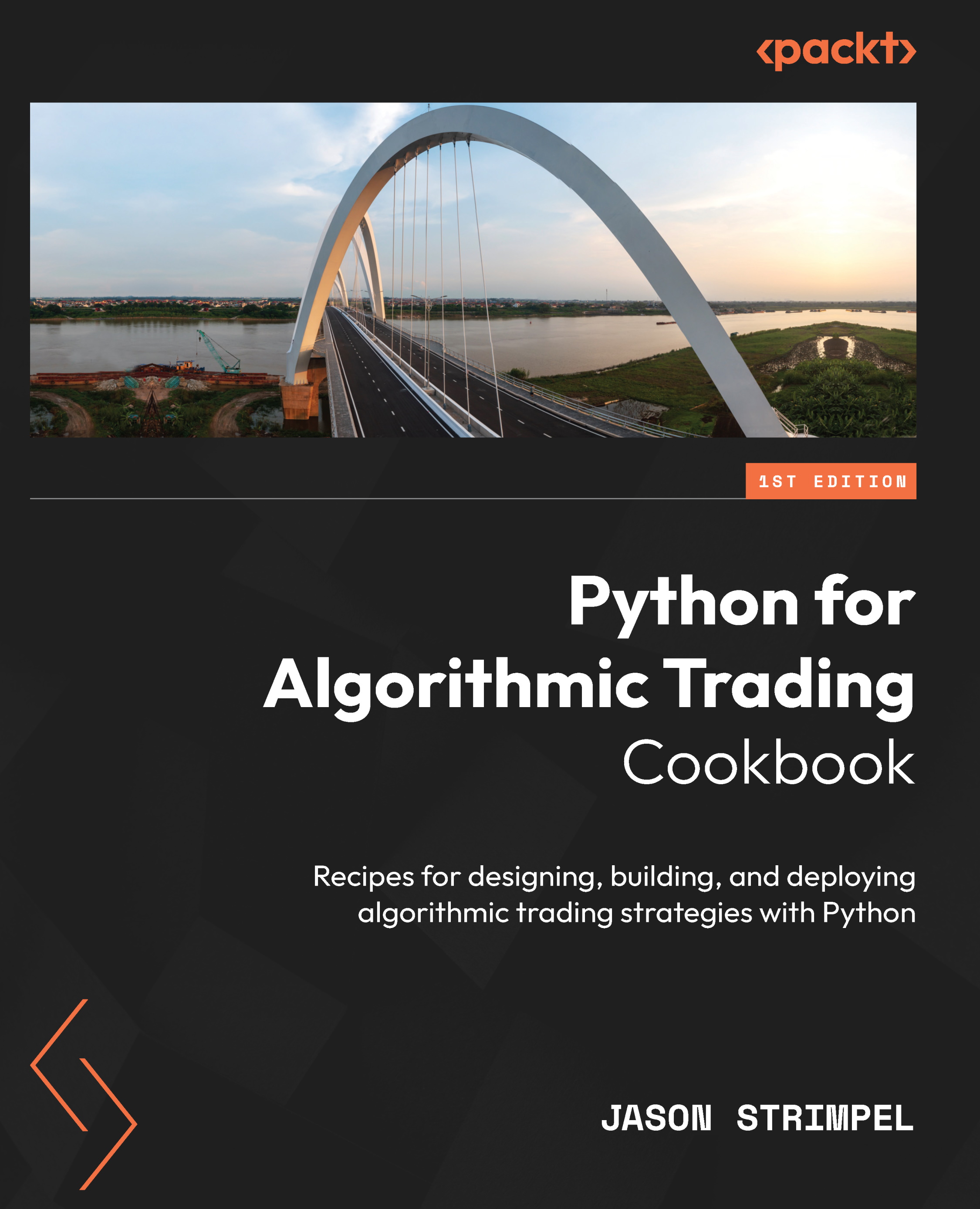NCCIC, in collaboration with cybersecurity authorities of Australia, Canada, New Zealand, the United Kingdom, and the United States has released a joint ‘Activity Alert Report’. This report highlights five publicly available tools frequently observed in cyber attacks worldwide.
Today, malicious tools are available free for use and can be misused by cybercriminals to endanger public security and privacy. There are numerous cyber incidents encountered on a daily basis that challenge even the most secure network and exploit confidential information across finance, government, health sectors. What’s surprising is that a majority of these exploits are caused by freely available tools that find loopholes in security systems to achieve an attacker’s objectives.
The report highlights the five most frequently used tools that are used by cybercriminals all over the globe to perform cyber crimes. These fall into five categories:
#1 Remote Access Trojan: JBiFrost
Once the RAT program is installed on a victim’s machine, it allows remote administrative control of the system. It can then be used to exploit the system as per the hacker’s objectives. For example, installing malicious backdoors to obtain confidential data. These are often difficult to detect because they are designed to not appear in lists of running programs and to mimic the behavior of legitimate applications. RATs also disable network analysis tools (e.g., Wireshark) on the victim’s system.
Operating systems Windows, Linux, MAC OS X, and Android are susceptible to this threat. Hackers spammed companies with emails to infiltrate their systems with the Adwind RAT into their systems. The entire story can be found on Symantec’s blog.
#2 Webshell: China Chopper
The China Chopper is being used widely since 2012. These webshells are malicious scripts which are uploaded to a target system to grant the hacker remote access to administrative capabilities on the system. The hackers can then pivot to additional hosts within a network.
China Chopper consists of the client-side, which is run by the attacker, and the server, which is installed on the victim server and is also attacker-controlled.
The client can issue terminal commands and manage files on the victim server. It can then upload and download files to and from the victim using wget. They can then either modify or delete the existing files.
#3 Credential Stealer: Mimikatz
Mimikatz is mainly used by attackers to access the memory within a targeted Windows system and collect the credentials of logged in users. These credentials can be then used to give access to other machines on a network.
Besides obtaining credentials, the tool can obtain Local Area Network Manager and NT LAN Manager hashes, certificates, and long-term keys on Windows XP (2003) through Windows 8.1 (2012r2).
When the "Invoke-Mimikatz" PowerShell script is used to operate Mimikatz, its activity is difficult to isolate and identify. In 2017, this tool was used in combination with NotPetya infected hundreds of computers in Russia and Ukraine. The attack paralysed systems and disabled the subway payment systems.
The good news is that Mimikatz can be detected by most up-to-date antivirus tools. That being said, hackers can modify Mimikatz code to go undetected by antivirus.
Unlock access to the largest independent learning library in Tech for FREE!
Get unlimited access to 7500+ expert-authored eBooks and video courses covering every tech area you can think of.
Renews at AU $24.99/month. Cancel anytime
# 4 Lateral Movement Framework: PowerShell Empire
PowerShell Empire is a post-exploitation or lateral movement tool. It allows an attacker to move around a network after gaining initial access. This tool can be used to generate executables for social engineering access to networks.
The tool consists of a a threat actor that can escalate privileges, harvest credentials, exfiltrate information, and move laterally across a network. Traditional antivirus tools fail to detect PowerShell Empire.
In 2018, the tool was used by hackers sending out Winter Olympics-themed socially engineered emails and malicious attachments in a spear-phishing campaign targeting several South Korean organizations.
# 5 C2 Obfuscation and Exfiltration: HUC Packet Transmitter
HUC Packet Transmitter (HTran) is a proxy tool used by attackers to obfuscate their location. The tool intercepts and redirects the Transmission Control Protocol (TCP) connections from the local host to a remote host. This makes it possible to detect an attacker’s communications with victim networks. HTran uses a threat actor to facilitate TCP connections between the victim and a hop point. Threat actors can then redirect their packets through multiple compromised hosts running HTran to gain greater access to hosts in a network.
The research encourages everyone to use the report to stay informed about the potential network threats due to these malicious tools. They also provide a complete list of detection and prevention measures for each tool in detail.
You can head over to the official site of the US-CERT for more information on this research.
6 artificial intelligence cybersecurity tools you need to know
How will AI impact job roles in Cybersecurity
New cybersecurity threats posed by artificial intelligence
 United States
United States
 Great Britain
Great Britain
 India
India
 Germany
Germany
 France
France
 Canada
Canada
 Russia
Russia
 Spain
Spain
 Brazil
Brazil
 Australia
Australia
 Singapore
Singapore
 Canary Islands
Canary Islands
 Hungary
Hungary
 Ukraine
Ukraine
 Luxembourg
Luxembourg
 Estonia
Estonia
 Lithuania
Lithuania
 South Korea
South Korea
 Turkey
Turkey
 Switzerland
Switzerland
 Colombia
Colombia
 Taiwan
Taiwan
 Chile
Chile
 Norway
Norway
 Ecuador
Ecuador
 Indonesia
Indonesia
 New Zealand
New Zealand
 Cyprus
Cyprus
 Denmark
Denmark
 Finland
Finland
 Poland
Poland
 Malta
Malta
 Czechia
Czechia
 Austria
Austria
 Sweden
Sweden
 Italy
Italy
 Egypt
Egypt
 Belgium
Belgium
 Portugal
Portugal
 Slovenia
Slovenia
 Ireland
Ireland
 Romania
Romania
 Greece
Greece
 Argentina
Argentina
 Netherlands
Netherlands
 Bulgaria
Bulgaria
 Latvia
Latvia
 South Africa
South Africa
 Malaysia
Malaysia
 Japan
Japan
 Slovakia
Slovakia
 Philippines
Philippines
 Mexico
Mexico
 Thailand
Thailand














